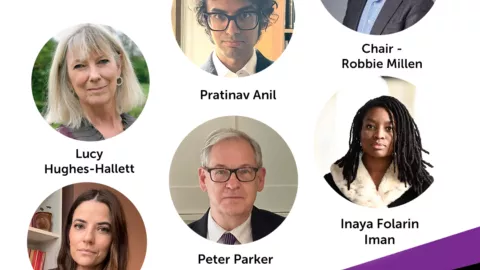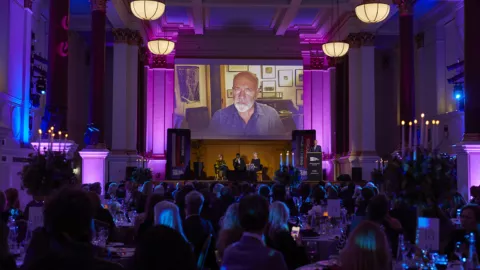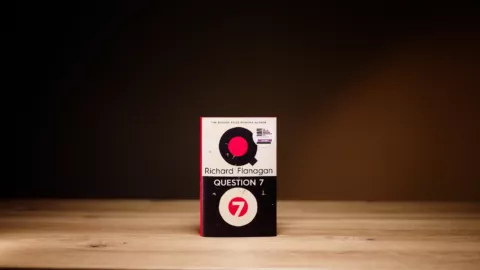
Jonathan Blitzer Longlist Interview
9 October 2024
How does it feel to reach the shortlist for the Samuel Johnson Prize?
I felt honored, obviously, and also surprised, since this is my first book and my magazine work for the New Yorker isn’t much known in the U.K.
What research did you do for writing your book?
My work typically combines investigative journalism with prolonged field reporting in low-income communities, and Behind the Beautiful Forevers began years back with a deep curiosity about the Indian infrastructure of opportunity in a time of new prosperity. In cities like Mumbai, poverty had been nearly alleviated according to official Indian benchmarks. By following slum families who were part of this statistical success story over the course of three years, I hoped to gain a better understanding of social mobility in a relatively hopeful, global-market age. I was also curious about why cities with intense and juxtaposed inequality so seldom implode in class warfare, which was in part why I focused my reporting on an economically diverse suburb of Mumbai.
To maximize the precision of my account of daily life in the slum, I used video, audio and photographic documentation along with the usual written notes. Just as important, though, was my use of a landmark right-to-information law and other investigative techniques to explore how corruption in government, schools, and even charitable organizations were undermining social advancement and community stability. (And this despite the availability, on the books, of an unprecedented amount of aid to the historically poor.)
By the end of my reporting, I’d secured more than 3,000 public records shedding light on events that had unfolded in the slum--from a murder case reclassified as a TB death to block-level public health data to voting irregularities to bank records revealing the misappropriation of funds from the central government’s flagship education initiative. I also did a series of supplemental investigations, among them an examination of all the deaths in the broader community over a six month period. This research allowed me to understand not just local patterns of mortality, but the frequency with which the deaths of low-income people were affixed causes unrelated to actual circumstances. The reader of Behind the Beautiful Forever won’t necessarily see the depth of this and other research, and that’s partly because I was intent on not writing a tome. But having internalized that research, I was able to write about individual cases and general conditions with more clarity, nuance, and conviction than I might have otherwise had. And I’d like to think that such writing qualities inspire a deeper level of engagement in the reader--both in terms of the specific cases and the broader social dilemmas they represent.
How do you feel about the status/ popularity of non-fiction books in general?
Given the new confederacies of hashtags, it’s wild to me how much long-form non-fiction still gets published and read. I’ve got no vatic predictions about the future, but for now I think the reading market bears more depth and seriousness than it gets credit for.
What is your favourite non-fiction book and why?
Though I sweat to keep my own prose economical, I have a perverse and abiding attachment to Rebecca West’s 1,100-page Black Lamb and Gray Falcon. Annawadi kids use the English word ‘daring” as a label of highest honor, and this brute of a book, nominally about Yugoslavia, has daring to spare. As perceptively as West reports and as gracefully as she describes, the hard-won ideas are what burn up the pages--ideas that I’ve been lying awake admiring and arguing with for years.
What are you working on next?
Right now I’m trying to recover my health so that I can start a new project in the winter. Immersion work is more physically taxing than you might think.

10 April 2025

17 December 2024

19 November 2024